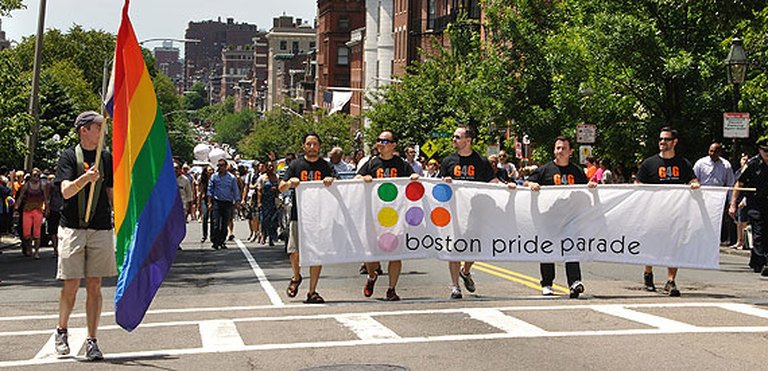Health and LGBTQ lifestyle

The Centers for Disease Control and Prevention (CDC) devotes numerous web pages to the particular health concerns of “gay” and bisexual men, and (to a lesser extent) lesbians and bisexual women.
In 2016, the American Medical Association’s JAMA Internal Medicine published a study using statistics on GLB adults from the 2013 and 2014 National Health Interview Survey (the first to include “sexual orientation” of the respondents).
In one of the largest, most representative health surveys conducted to date, lesbian, gay and bisexual adults reported substantially higher rates of severe psychological distress, heavy drinking and smoking, and impaired physical health than did heterosexuals. Responses from the 2013 and 2014 surveys revealed the following results. Compared to heterosexuals:
• Gay men were more likely to report severe psychological distress, heavy drinking and moderate smoking;• Bisexual men were more likely to report severe psychological distress, heavy drinking and heavy smoking;• Lesbian women were more likely to report moderate psychological distress, poor or fair health, multiple chronic conditions, heavy drinking and heavy smoking; and• Bisexual women were more likely to report multiple chronic conditions, severe psychological distress, heavy drinking and moderate smoking.
The study’s authors push the idea that the discrepancies are “potentially” due to discrimination.
The American Medical Association website has a section on LGBT health issues which links medical professionals to LGBT political advocacy groups such as the Human Rights Campaign and PFLAG (Parents, Families, and Friends of LGBTQ), both classified as a major LGBT “health organizations” (which they clearly are not).
The U.S. Institute for Medicine reviewed research confirming the greater incidence of health problems in the LGBT population, especially HIV/AIDS (among men), mental health, substance use and abuse (alcohol, tobacco, drugs), obesity and breast cancer (among lesbians and bisexual women), and other concerns. ...
The American Psychiatric Association has confirmed a higher incidence of mental health disorders among GLB individuals.
There is little public notice of another prevalent GLB health issue: partner abuse. Multiple sources confirm that homosexual and lesbian relationships have a greater incidence of domestic partner violence than opposite-sex relationships, whether in cohabitation or marriage. ...
Even more, disparities come with aging. “Illness is more prevalent among older gay adults,” the New York Times reported in 2011. ...
A review of research from 2009, published by the National Association for Research and Therapy of Homosexuality (NARTH) Scientific Advisory Committee, concluded that there is no reliable evidence that discrimination causes GLB medical and psychological health disparities. ...
Lifespan and Mortality Statistics Do Not Include “Sexual Orientation” of Deceased
Homosexual activists and allies in health agencies (including the CDC) perhaps want to cover up the problem of homosexuals’ serious physical and mental health problems which often lead to shortened life span. Politifact reported in 2012:
We sought U.S. data on how the life expectancy of homosexuals compared to the rest of the population. But the CDC, which compiles statistics on longevity, doesn’t keep figures based on sexual orientation… Laura Durso – a public policy fellow at the Williams Institute at UCLA which researches issues facing lesbian, gay, bisexual and transgendered (LGBT) people – said few national population-based surveys in the U.S. inquire to ask about sexual orientation. That makes it difficult to compare the life expectancies of homosexuals to heterosexuals, she said. Still, Durso said, reports have shown that LGBT populations face increased certain health risks.
To repeat: Death records do not note the “sexual orientation” of the deceased, making it essentially impossible to track accurately mortality trends for the GLB population....
GLB self-identification often socially isolates individuals from the mainstream culture while drawing them into a relatively closed community (at least regarding their sexual partners), resulting in negative effects on mental and physical health. Homosexual sexual practices can hasten death through resulting physical and mental disease (not limited to HIV/AIDS). Sex addiction often drives MSM (“gay” and bisexual men) especially to ignore warnings, and continue destructive, high-risk behaviors resulting in serious disease and depression, including higher risk of suicide. ...


